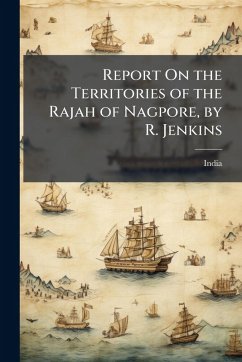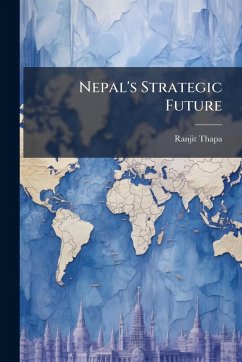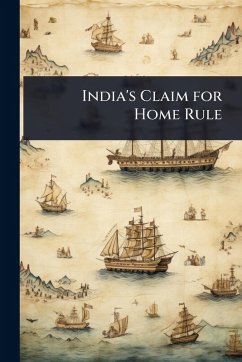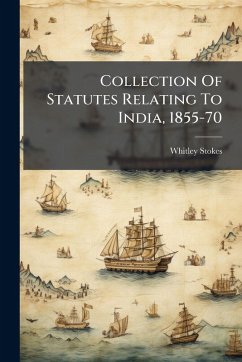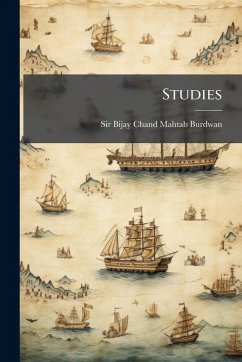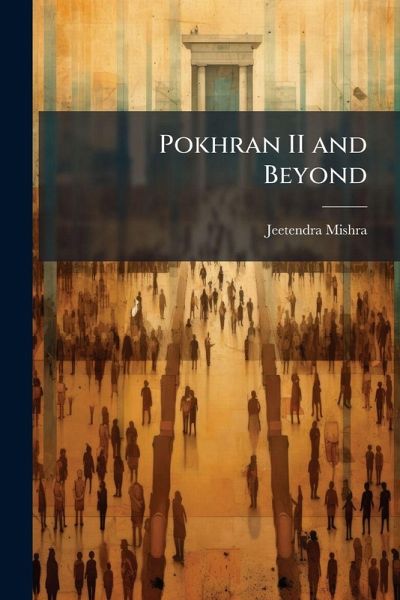
Pokhran II and Beyond
Versandkostenfrei!
Versandfertig in über 4 Wochen
15,99 €
inkl. MwSt.
Weitere Ausgaben:

PAYBACK Punkte
8 °P sammeln!
India started its nuclear research with the sole purpose of utilizing nuclear power for its technological and industrial growth. However, despite her moral dilemmas and restraint demonstrated since her first test of a peaceful nuclear explosive (PNE) in 1974, a variety of factors led to India's two nuclear tests on May 1998. In the wake of these tests National Security Advisory Board of India issued a Draft Report on Indian Nuclear Doctrine. The draft doctrine suggests that India intends to develop and deploy nuclear weapons based on the triad of platforms. The nuclear forces, however, are sou...
India started its nuclear research with the sole purpose of utilizing nuclear power for its technological and industrial growth. However, despite her moral dilemmas and restraint demonstrated since her first test of a peaceful nuclear explosive (PNE) in 1974, a variety of factors led to India's two nuclear tests on May 1998. In the wake of these tests National Security Advisory Board of India issued a Draft Report on Indian Nuclear Doctrine. The draft doctrine suggests that India intends to develop and deploy nuclear weapons based on the triad of platforms. The nuclear forces, however, are sought only to be minimum possible to credibly deter nuclear weapons use or coercion against India. Considering the imperatives of the Indian deterrence posture as per the draft doctrine, and the state of her weapons and missile program an estimate of the number and type of weapons and delivery systems has been made. The information used in arriving at the conclusion is from unclassified sources. This work has been selected by scholars as being culturally important, and is part of the knowledge base of civilization as we know it. This work was reproduced from the original artifact, and remains as true to the original work as possible. Therefore, you will see the original copyright references, library stamps (as most of these works have been housed in our most important libraries around the world), and other notations in the work. This work is in the public domain in the United States of America, and possibly other nations. Within the United States, you may freely copy and distribute this work, as no entity (individual or corporate) has a copyright on the body of the work. As a reproduction of a historical artifact, this work may contain missing or blurred pages, poor pictures, errant marks, etc. Scholars believe, and we concur, that this work is important enough to be preserved, reproduced, and made generally available to the public. We appreciate your support of the preservation process, and thank you for being an important part of keeping this knowledge alive and relevant.



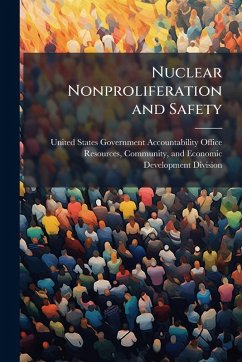
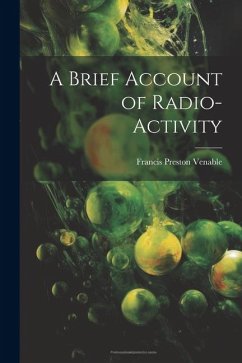
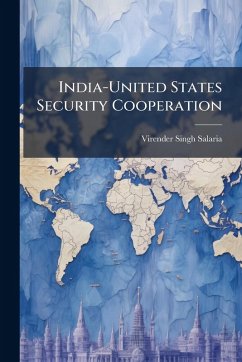
![The Imperial Gazetteer Of India [by] W.w. Hunter Cover The Imperial Gazetteer Of India [by] W.w. Hunter](https://bilder.buecher.de/produkte/75/75111/75111361n.jpg)

